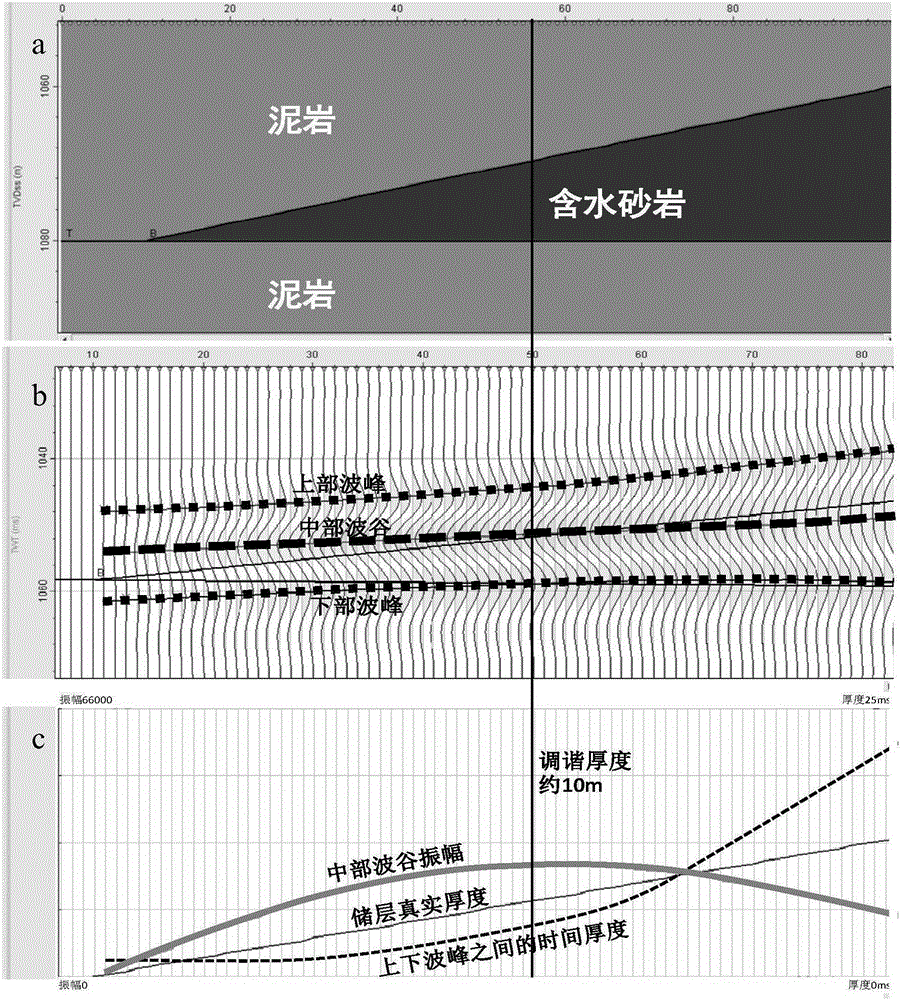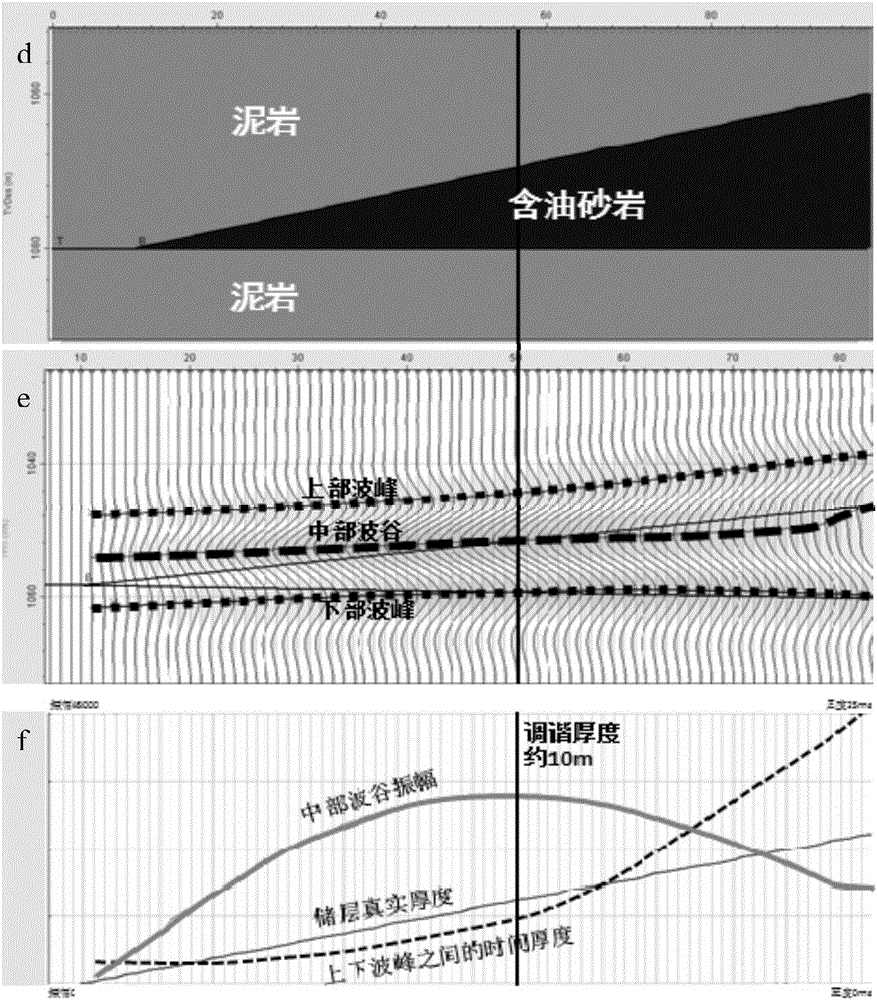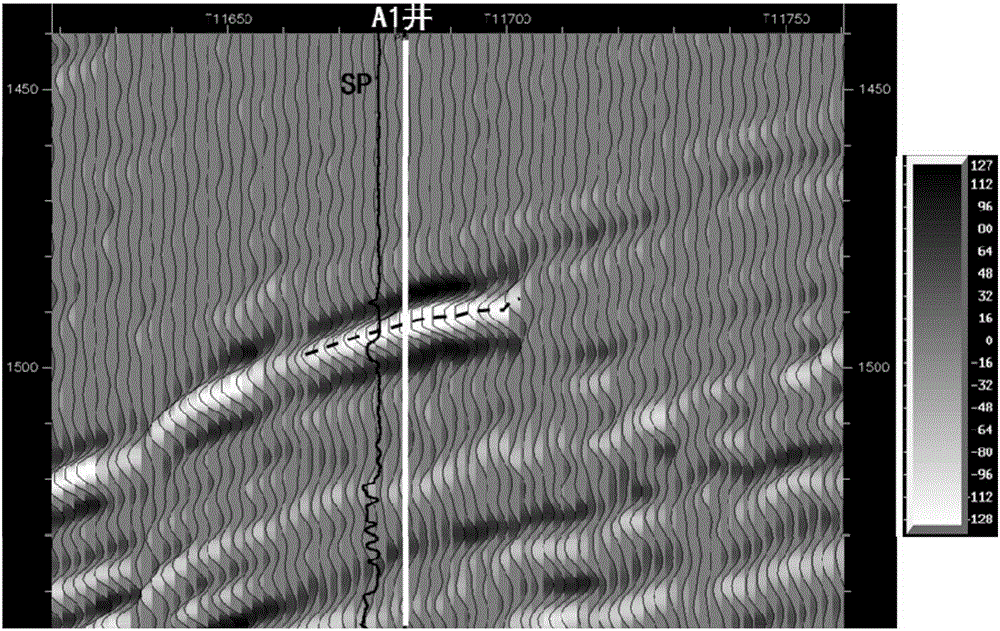Method for utilizing thin-layer interference amplitude recovery to identify oil and gas reservoir
An amplitude recovery, oil and gas reservoir technology, applied in seismology for well logging, earthwork drilling, wellbore/well components, etc., can solve the influence of thickness reduction factor, without considering reservoir thickness, oil and gas reservoir effectiveness Limits and other issues, to achieve the effect of easy operation, strong guidance, and good fit
- Summary
- Abstract
- Description
- Claims
- Application Information
AI Technical Summary
Problems solved by technology
Method used
Image
Examples
Embodiment 1
[0039] The area of the 3D seismic data in the work area is 56km 2 , two exploratory wells, A1 and A2, have been drilled. The target layer of Well A1 is a lithologic oil reservoir, and Well A2 has not encountered any oil reservoir, and there is no reservoir on the target layer; The thickness varies greatly (thickness ranges from 1 to 9m). In exploration practice, it is found that the reservoir thickness has a significant impact on the amplitude, and the use of amplitude attributes to identify reservoirs has a certain degree of ambiguity.
[0040] The method for identifying oil and gas reservoirs using thin layer interference amplitude restoration in this embodiment is to identify oil and gas reservoirs in the above work area, including the following steps:
[0041] 1) According to the drilling data of the work area and adjacent area, the velocity of the mudstone is 2747m / s and the density is 2.29g / cm 3 , the velocity of the water layer is 2554m / s, and the density is 2.11g / cm...
PUM
 Login to View More
Login to View More Abstract
Description
Claims
Application Information
 Login to View More
Login to View More - R&D
- Intellectual Property
- Life Sciences
- Materials
- Tech Scout
- Unparalleled Data Quality
- Higher Quality Content
- 60% Fewer Hallucinations
Browse by: Latest US Patents, China's latest patents, Technical Efficacy Thesaurus, Application Domain, Technology Topic, Popular Technical Reports.
© 2025 PatSnap. All rights reserved.Legal|Privacy policy|Modern Slavery Act Transparency Statement|Sitemap|About US| Contact US: help@patsnap.com



